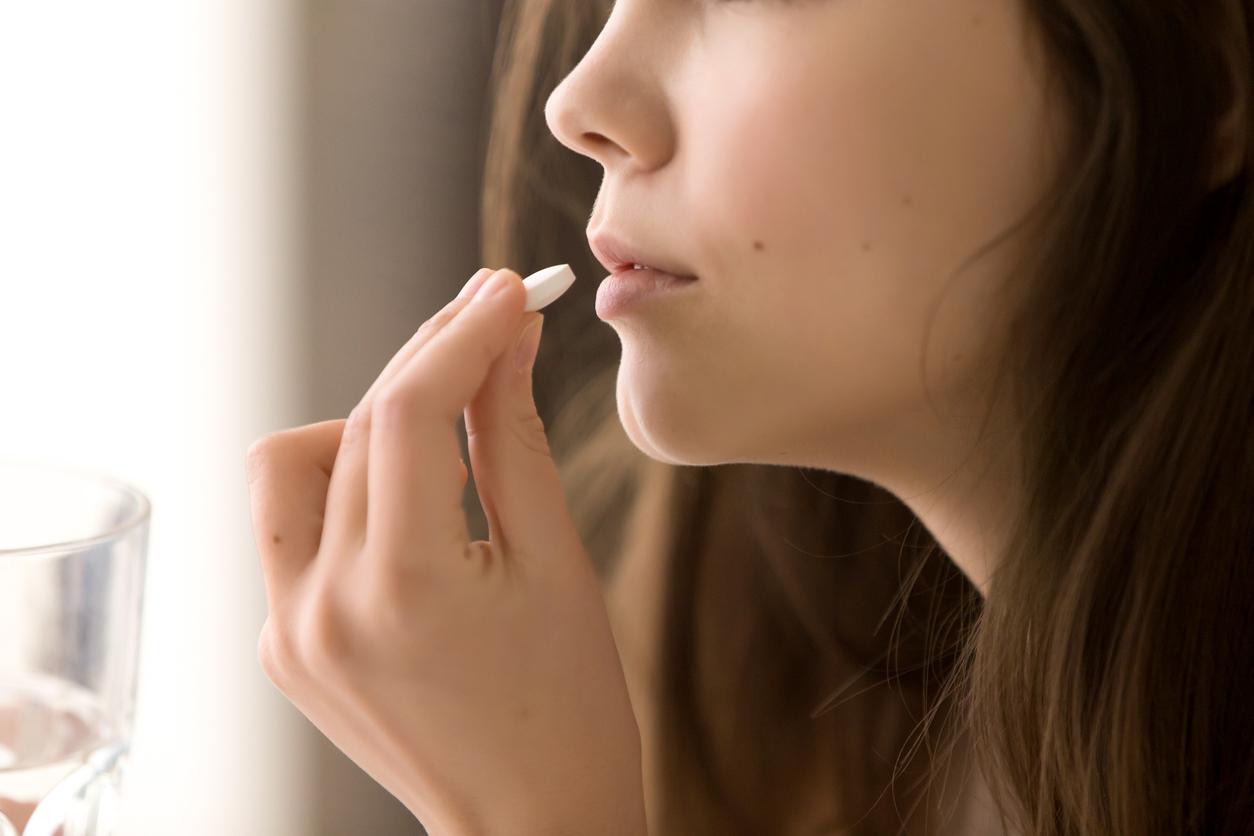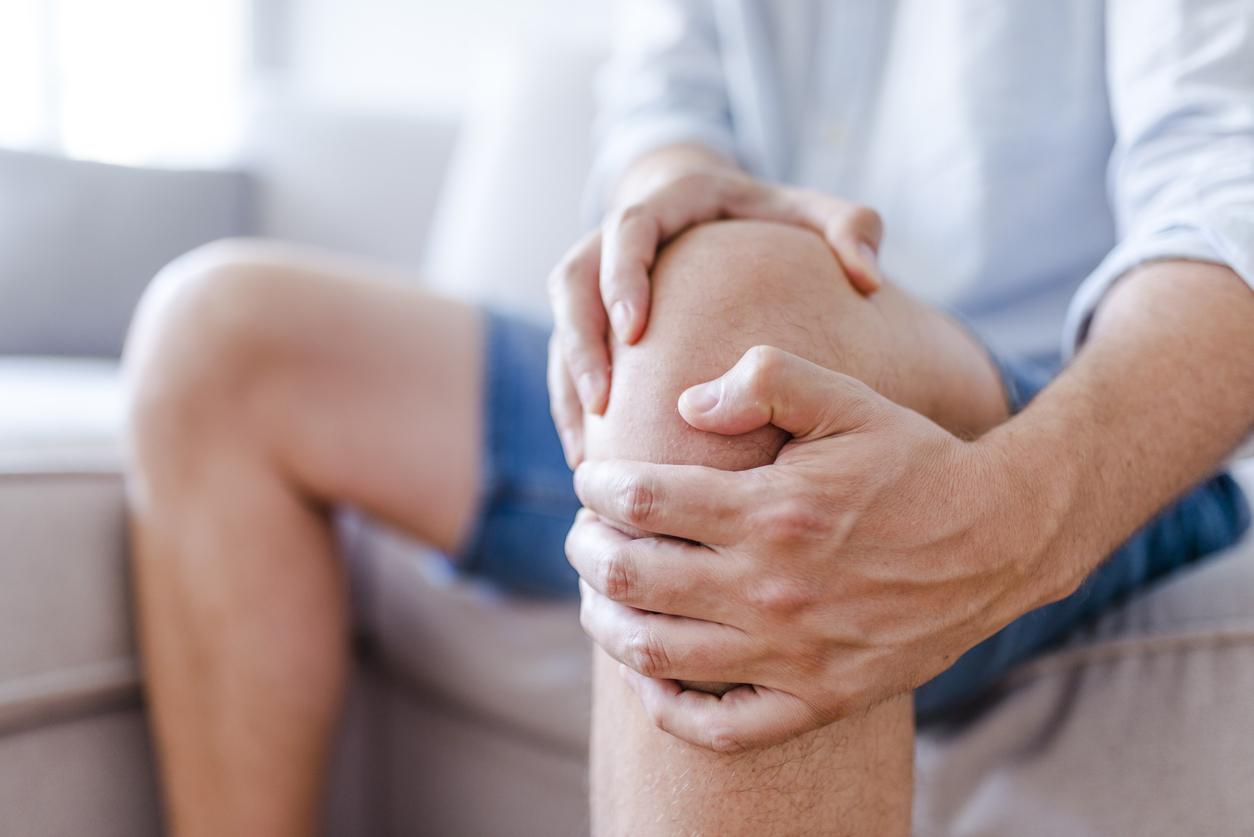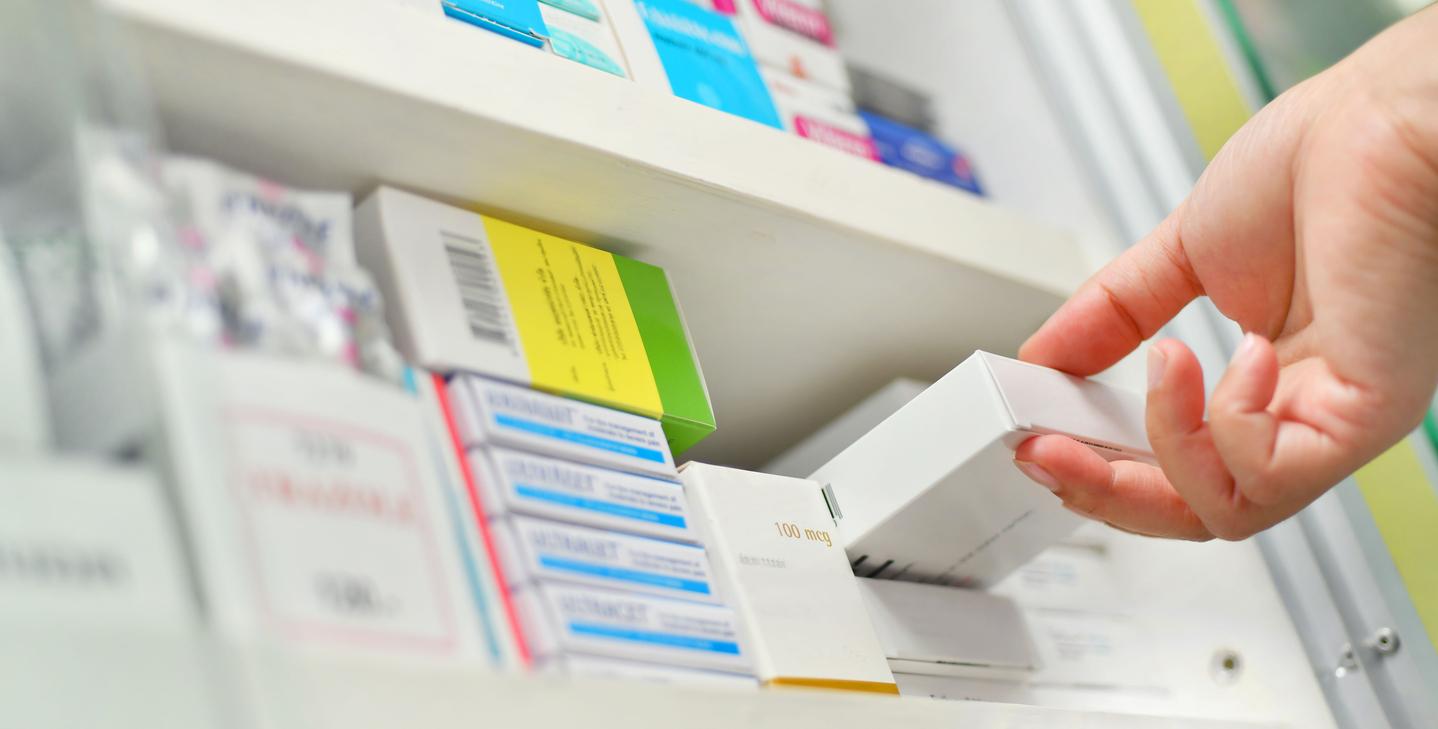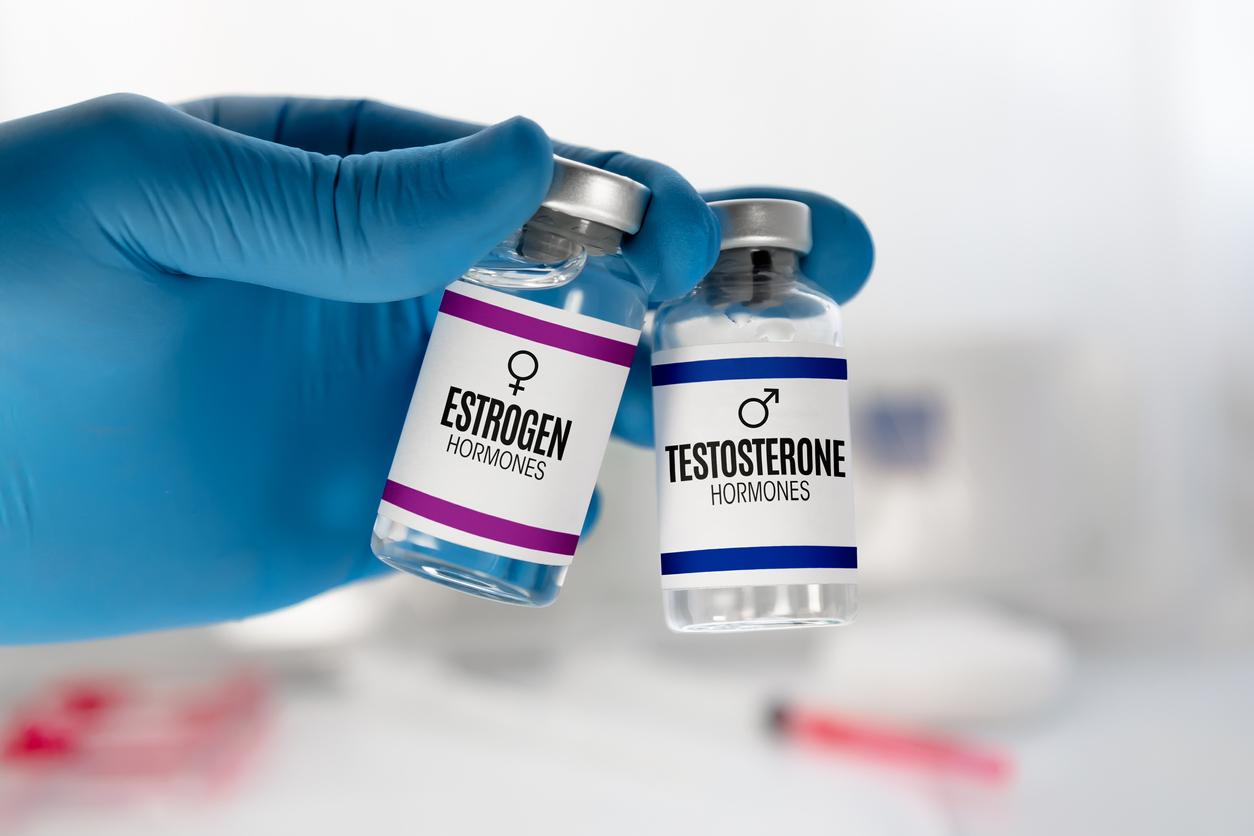October 12, 2005 – Alternative therapies may provide relief to young children with juvenile arthritis and other physical problems, Canadian researchers say.
Scientists from the University of Montreal, McGill University and the University of Quebec at Trois-Rivières1 recruited 182 juvenile arthritis patients and 224 other young people with various physical problems. Followed for a year, the participants received physiotherapy treatments.
The average age was almost ten years for those with juvenile arthritis and almost three years for the rest.
“We wanted to measure the interest of these patients towards alternative therapies and the factors that were associated with this use”, explains the principal researcher, Karine Toupin April of the Interdisciplinary research group in health of the University of Montreal.
Every three months, the researchers contacted the participants or their parents to find out whether complementary practices – such as massage therapy, chiropractic, naturopathy, homeopathy, reflexology and acupuncture – had been used and, if so. if so, how effective they had been.
Between 6% and 16% of patients with juvenile arthritis used alternative therapies during the study period, depending on the trimester. Their parents said, 40%, that this care was at least “moderately effective”.
As for patients with other physical problems, 6% to 17% of them resorted to complementary medicine. Their parents reported moderate efficacy in 62% of cases.
“It is certain that 16% or 17% of use is not very high, but one has to wonder why, specifies Karine Toupin April. Perhaps some of the children had already used alternative therapies before the start of the study and did not find it appropriate to start over? Maybe children who have arthritis and whose disease is well controlled with medication have not seen an interest in trying alternative treatments? “
Some of the factors that positively influenced the use of complementary practices include family income, mother’s education, ethnicity and severity of illness.
Note, in closing, that the rate of use of alternative therapies was more stable in patients with juvenile arthritis than in others. In the first case, the utilization rate fell from 16% at the start of the study to around 12% a year later. But in the case of patients with other physical problems, the rate drops from 17% to 6% within 12 months.
Juvenile arthritis affects about 1 in 1,000 children aged 16 and under in Canada. It is found as much in boys as in girls.
The preliminary results of this study were presented to the 12e Annual Symposium on Complementary Health Care, held last September at the University of Exeter in England.
Jean-Benoit Legault – PasseportSanté.net
1. Toupin AK, Ehrmann Feldman D, Zunzunegui MV, et al. Use and effectiveness of complementary and alternative health care in children with juvenile arthritis and physical disabilities, Focus on Alternative and Complementary Medicine, September 2005, Vol. 10, Supplement (1), 39. The summary of this study is not yet available on the Internet.

















